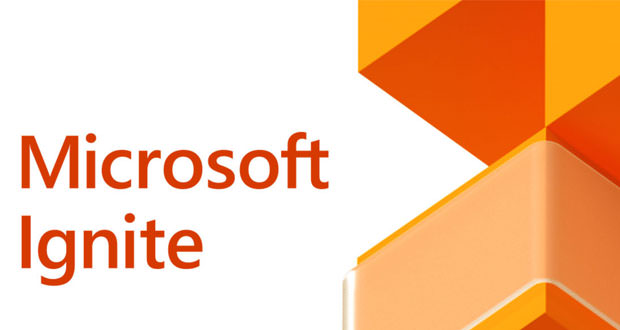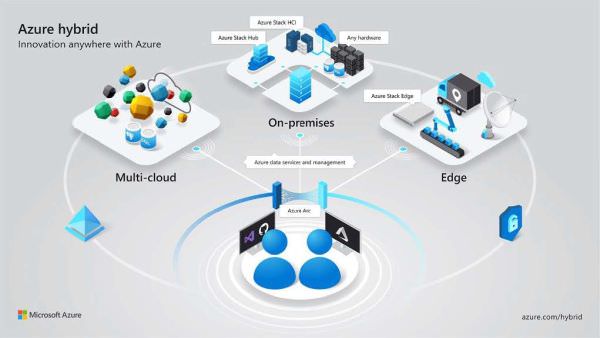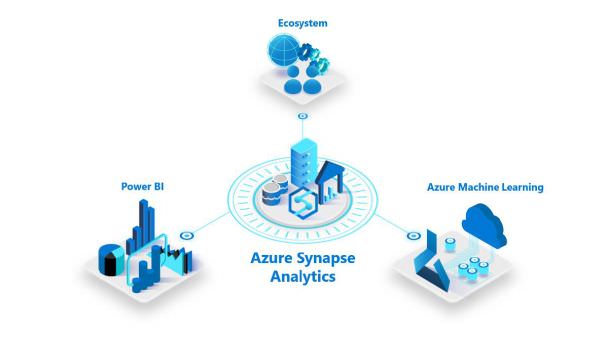Microsoft Ignite 2019: Here’s how Azure and the Power Platform change
On the occasion of Ignite 2019 Microsoft has announced several innovations related to the Azure platform, from Azure Arc to Azure Synapse Analytics. Microsoft Flow changes its name to Power Platform and supports RPA, Robotic Process Automation.
Summarizing all the news presented by Microsoft during Ignite 2019 is not an easy task considering how much meat the giant of Redmond wanted to put on the fire, in particular on the B2B side, with a series of announcements that touch practically all the sectors in which it is activates Microsoft, starting from the Power Platform, which just a few weeks ago had been enriched with 400 new functions and, which now presents new, important updates.
Power Automate now supports RPA, Robotic Process Automation
Companies that have fully embraced digital transformation are constantly looking for new solutions to automate processes where RBA (Robotic Process Automation) has become a fundamental technology.
Power Automate is a platform designed to simplify these scenarios and has been updated to support RBA thanks to UI flows, a point and click interface that allows you to automate manual procedures almost without having to write code.
By combining the potential of UI flows with predefined connectors, which already support 275 of the most popular apps and services, customers can literally reinvent and simplify business processes.
Build bots without writing code with Power Virtual Agents
The Power Virtual Agents, currently available as a public preview, greatly simplify the creation of bots, eliminating the need for developers and engineers: everything takes place through a graphical interface that completely eliminates the need to write lines of code.
It is not the only function that has been simplified to be accessible even by non-technical personnel: the same fate has fallen to the AI Builder module, which now includes a set of ready-to-use AI models, thus avoiding users having to collect data and train AI models. Specifically, the sets available are 4:
- Key phrase extraction, which analyzes a text and derives its main topic.
- Language detection, which automatically identifies the language of a text.
- Text recognition, which we could define as an OCR that extracts text from images.
- Sentiment Analysis, which identifies what is called the sentiment of a text, the mood (positive, negative or neutral) of the message.
Ignite 2019: What’s new in Azure?
With Azure Arc, Microsoft has opened up more towards a hybrid cloud model. Azure Arc allows you to use the Azure platform also on Linux and Windows servers, on containerized architectures such as Kubernets clusters and in general on any infrastructure. In short, customers will be able to exploit the potential of Azure SQL Database and Azure Database for PostgreSQL Hyperscale anywhere: on-premise, multi-cloud or edge.
And it is precisely on the edge that Microsoft, like other companies, is focusing a lot, as it reveals the launch of Azure Stack Edge, an appliance that allows you to bring the benefits of computational, storage and artificial intelligence on the edge portion of the infrastructure. The hardware is also available in a rugged version, so that it can also be installed in environments characterized by extreme conditions.
Azure Synapse Analytics is the evolution of Azure SQL Data Warehouse and significantly improves performance, enhancing insights and ensuring a unified end to end solution for all types of analytics.
In terms of cybersecurity, Microsoft’s cloud platform can now count on Azure Security Center, a series of functions to automate the search for incorrect configurations and threats on containers and SQL databases of IaaS (Infrastructure as a Service).
Finally, Azure Firewall Manager is a single interface through which to manage multiple instances of the firewall within the infrastructure.



